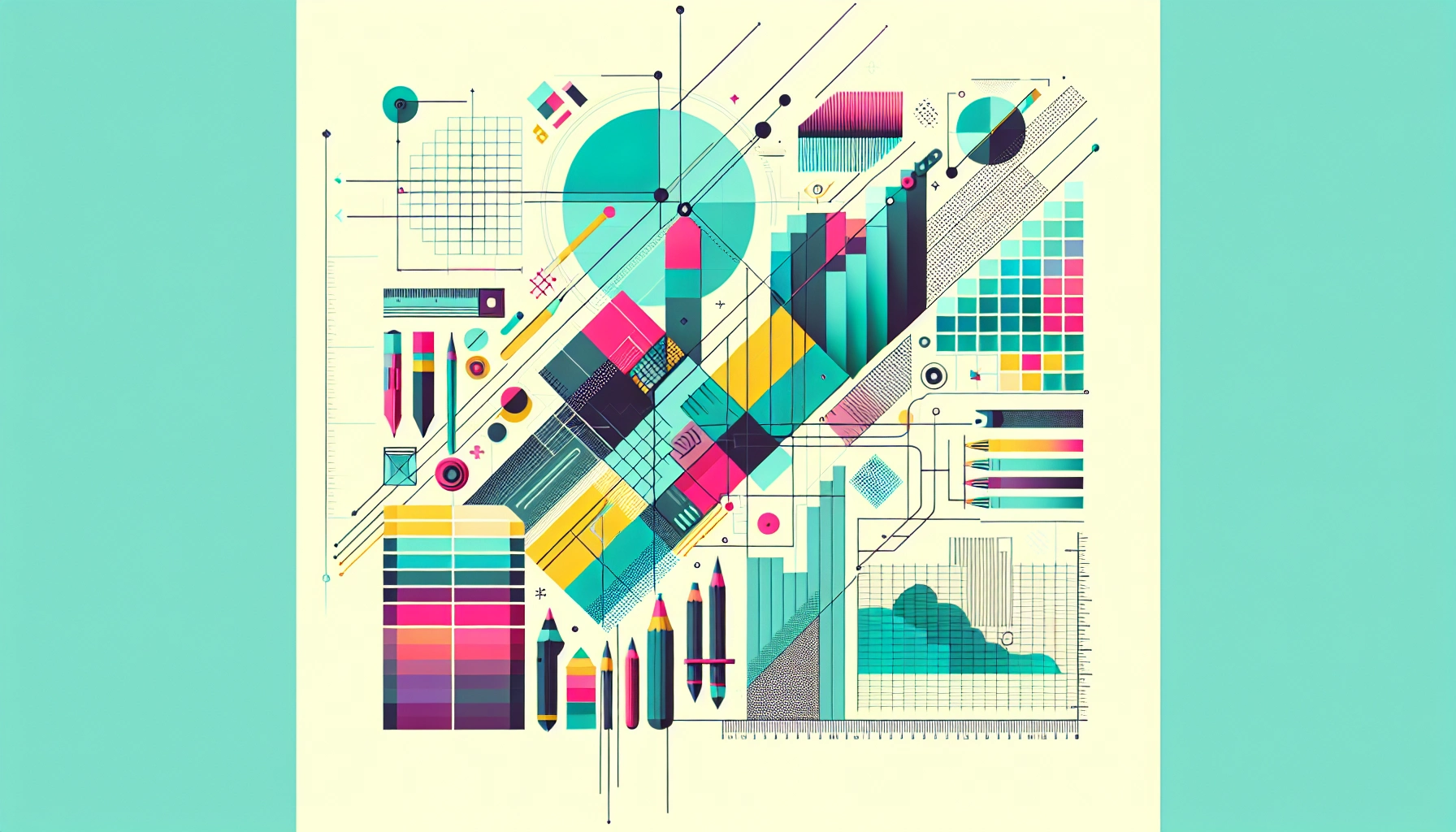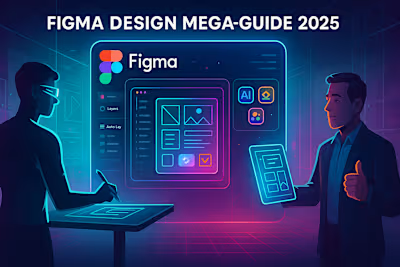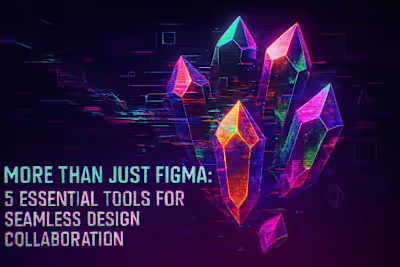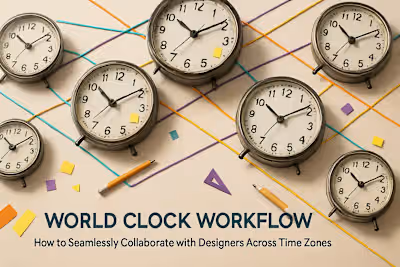Graphic Designer Needs: How to Identify What Your Business Really Requires

Graphic Designer Needs: How to Identify What Your Business Really Requires
Why Businesses Benefit From Effective Graphic Design
5 Key Points To Determine Your Requirements
1. Audience
2. Core Brand Components
3. Project Objectives
4. Timeline Details
5. Budget Essentials
Tools And Platforms To Streamline Collaboration
Best Methods To Communicate With Designers
Checking Results And Keeping Consistency Long-Term
FAQs About Graphic Designer Needs
What if I only need a few small graphics?
Does a brand style guide save time?
Are freelancers suitable for ongoing campaigns?
Final Word On Aligning Graphic Design With Business Goals
Graphic Designer Needs: How to Identify What Your Business Really Requires
Why Businesses Benefit From Effective Graphic Design
5 Key Points To Determine Your Requirements
1. Audience
“If the audience feels confused, the design is doing something wrong.”
2. Core Brand Components
3. Project Objectives
4. Timeline Details
5. Budget Essentials
Tools And Platforms To Streamline Collaboration
Best Methods To Communicate With Designers
“Good design doesn’t come from good vibes. It comes from good references.”
Checking Results And Keeping Consistency Long-Term
FAQs About Graphic Designer Needs
What if I only need a few small graphics?
“One clean PSD file beats five vague Slack messages.”
Does a brand style guide save time?
Are freelancers suitable for ongoing campaigns?
“Same designer, same fonts, fewer surprises.”
Final Word On Aligning Graphic Design With Business Goals
“Design decay is real. It happens pixel by pixel.”
Posted Apr 9, 2025
Graphic Designer Needs: Identify what your business really requires with clear steps on audience, brand, goals, and budget to guide your design decisions.









